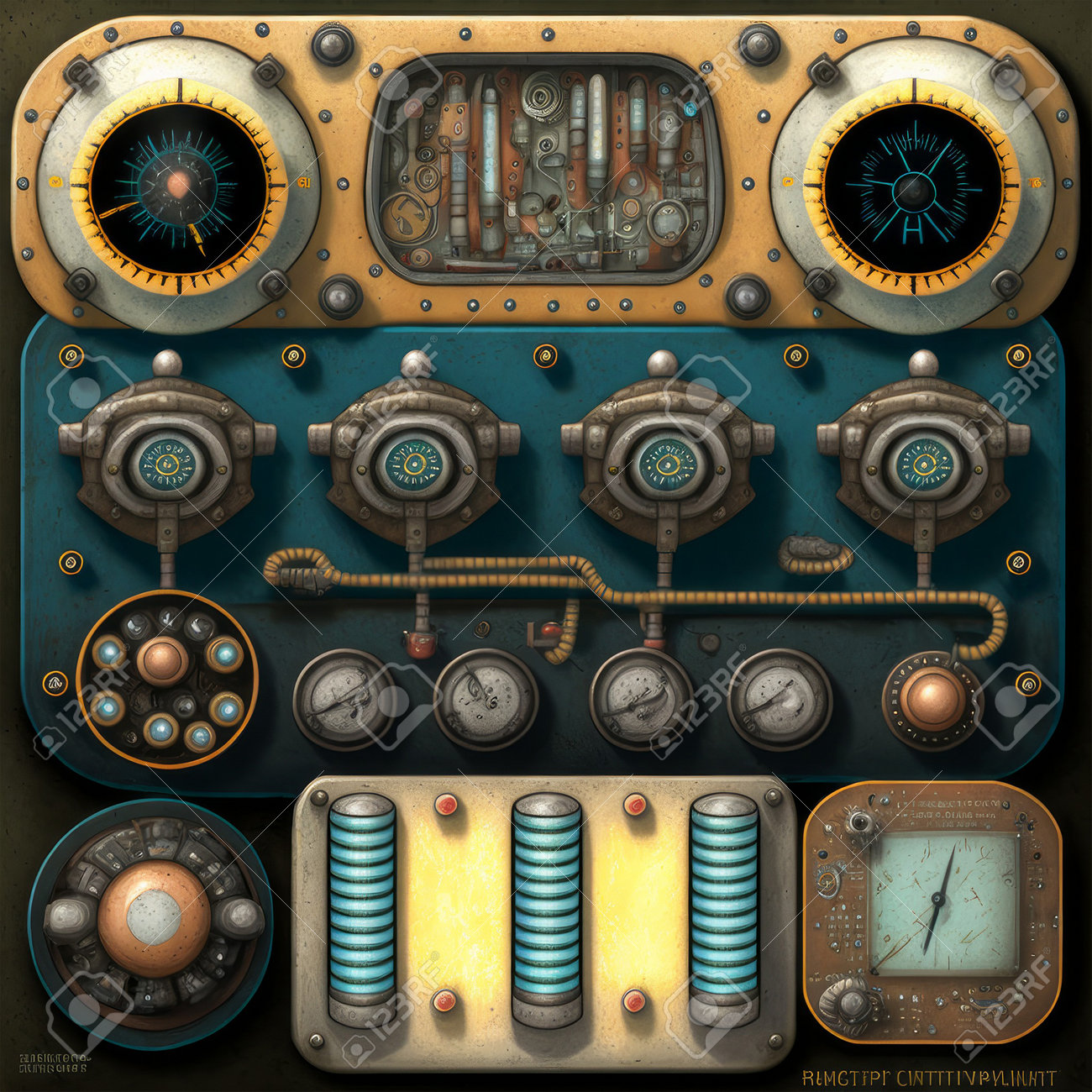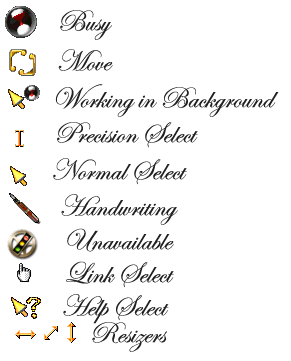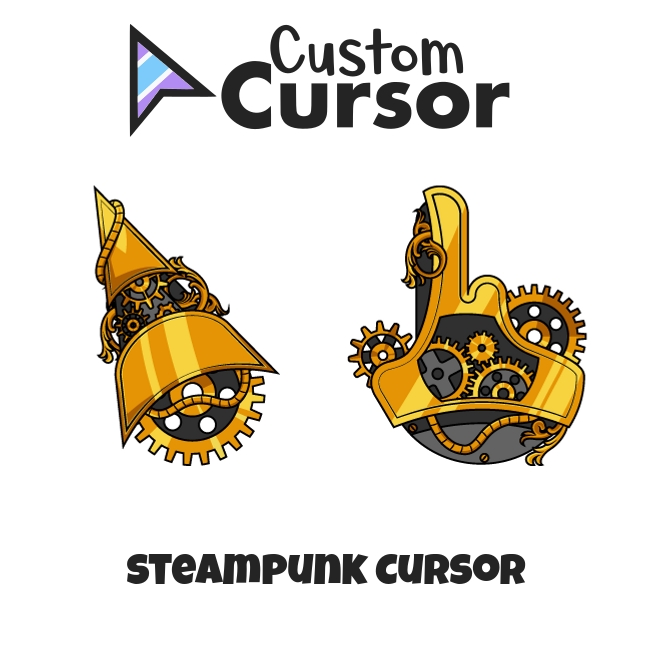Your Cart is Empty
Customer Testimonials
-
"Great customer service. The folks at Novedge were super helpful in navigating a somewhat complicated order including software upgrades and serial numbers in various stages of inactivity. They were friendly and helpful throughout the process.."
Ruben Ruckmark
"Quick & very helpful. We have been using Novedge for years and are very happy with their quick service when we need to make a purchase and excellent support resolving any issues."
Will Woodson
"Scott is the best. He reminds me about subscriptions dates, guides me in the correct direction for updates. He always responds promptly to me. He is literally the reason I continue to work with Novedge and will do so in the future."
Edward Mchugh
"Calvin Lok is “the man”. After my purchase of Sketchup 2021, he called me and provided step-by-step instructions to ease me through difficulties I was having with the setup of my new software."
Mike Borzage
The Fusion of Steampunk Aesthetics and CAD Software: Bridging Historical Design with Modern Innovation in Digital Creation
June 28, 2025 9 min read
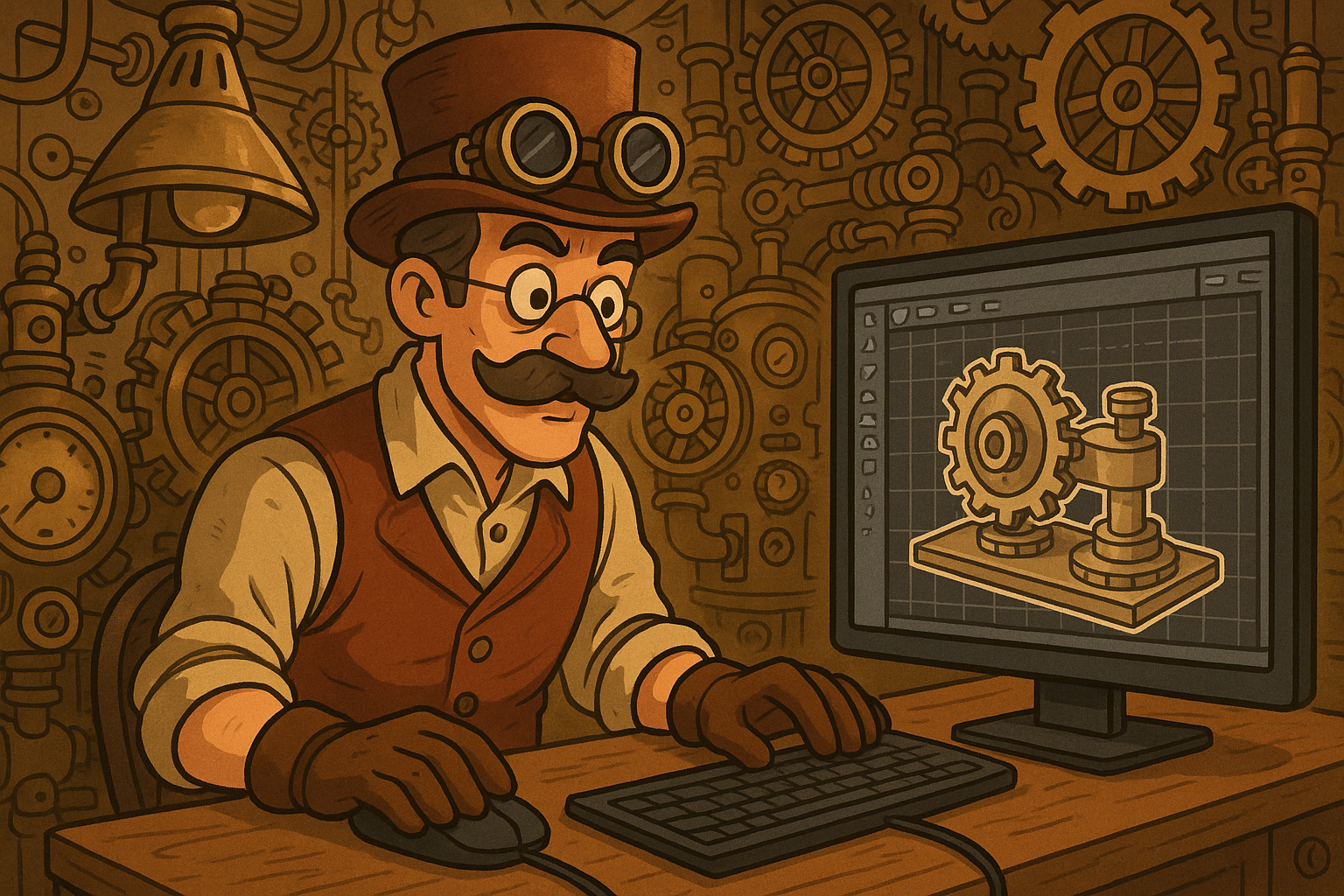
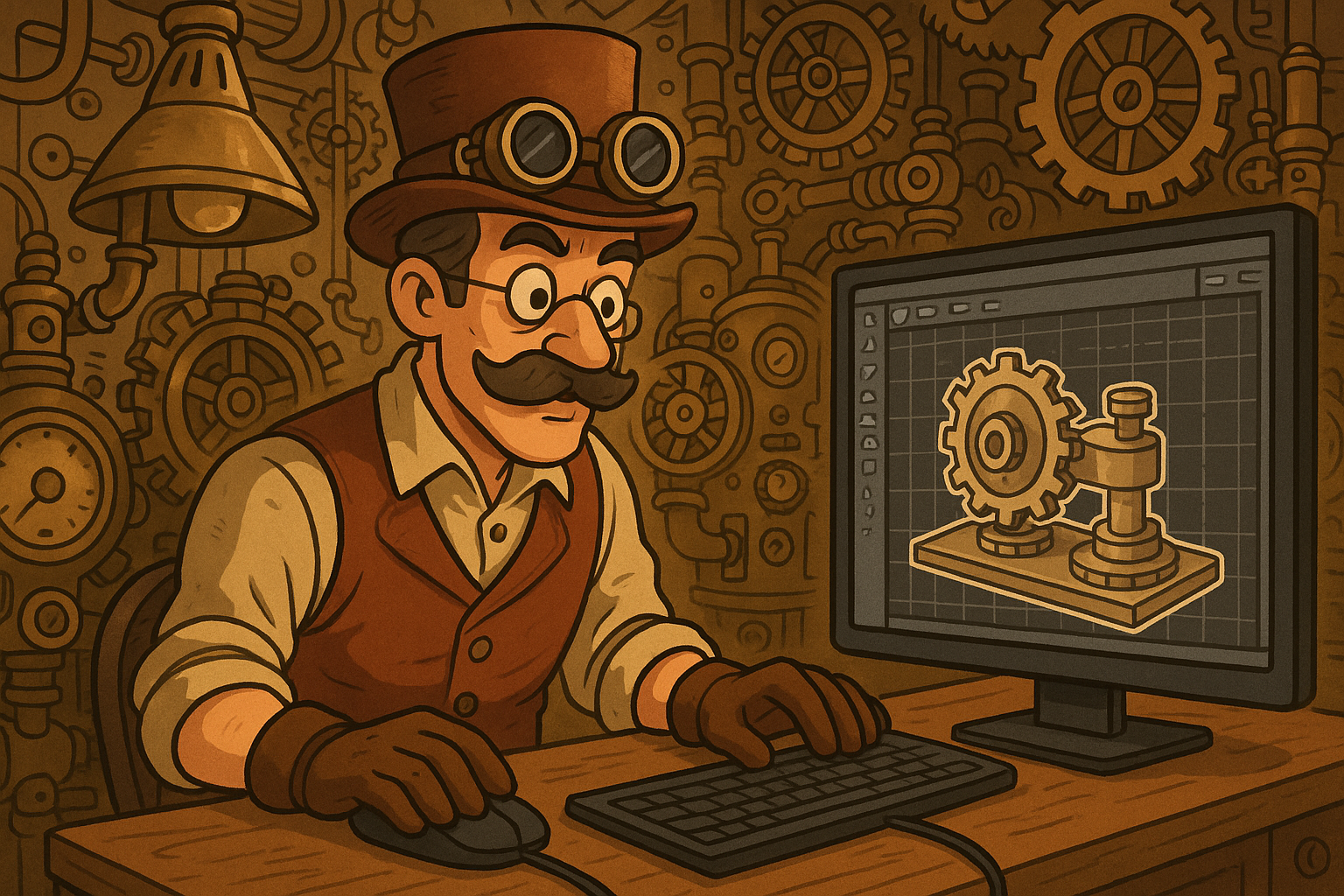
Introduction & Historical Context
Steampunk aesthetics, an influential artistic movement characterized by a blend of futuristic technology with the charm and ruggedness of 19th-century industrial design, emerged from literary explorations and visual depictions of the Victorian era. This style, in its essence, sought to merge the romantic visions of a bygone industrial revolution with imaginative technological advancements that could have reshaped history. Designers and architects in that period often drew upon images of exposed cogs, mechanical contraptions, and intricate brass embellishments, epitomizing the era’s fascination with progress and invention. The origins of steampunk aesthetics lie deep within the realms of historical industrial design and the rich narratives of writers like Jules Verne and H.G. Wells, whose works inspired generations with visions of steam-powered futurism. As time progressed, the principles of these historical motifs found new life in the domain of computer-aided design (CAD) software, which drastically transformed the way modern designers approached their craft. Early methods of mechanical design, which relied on gravity-fed tools and meticulously drafted blueprints, have been succeeded by highly-digitalized, algorithm-driven processes that, in numerous respects, pay homage to the imaginative yet tangible world of steampunk. Designers have integrated elements such as exposed mechanical structures, heavy reliance on brass finishes, and the aesthetic sensibilities reminiscent of Victorian typography, all of which serve to ground modern CAD interfaces in a narrative that bridges past traditions with contemporary innovation.
Historical Origins of Steampunk Aesthetics
In the 19th century, as the Industrial Revolution surged forward, artists and inventors alike became enchanted with the transformative power of technology. The fascination with gears, steam, and intricate mechanical designs was not only a reflection of the period’s technological advancements but also an expression of an era marked by bold ambition and rapid industrial change. This fervor for innovation and exploration eventually translated into a distinct aesthetic that celebrated both the mechanical and the ornamental. Early illustrations and designs often featured a medley of exposed metal components, gear-driven mechanisms, and ornate embellishments that communicated both functionality and artistry. As design philosophies evolved, these artistic expressions found their way into literature and subsequently into visual representations, where they were reinterpreted by a new generation of digital designers. Through detailed engravings and paintings, the steampunk ethos was solidified, demonstrating an enduring legacy that continues to influence contemporary creative processes. Today, modern CAD environments encapsulate these historical influences by incorporating elements that remind users of a time when every gear and mechanical joint told a story of innovation and ambition.
The Emergence and Evolution of CAD Software
Parallel to the romantic resurgence of steampunk aesthetics was the rise of CAD software, which revolutionized the domain of design and engineering. Initially conceived as tools for transforming the labor-intensive processes of manual drafting into highly efficient digital workflows, CAD systems began their journey with rudimentary interfaces and limited functionalities. Over decades, CAD software evolved through iterative improvements driven by advances in computing power, algorithmic sophistication, and software engineering practices. Early CAD programs focused on basic two-dimensional renderings that gradually gave way to three-dimensional modeling, progressively allowing for the simulation and visualization of intricate design projects. The digital transformation of design workflows not only improved accuracy and efficiency but also opened up new avenues for creative expression by integrating historical and artistic reimaginings into the modern toolset. This evolution fostered an environment where traditional design sensibilities, such as the tactile feel and aesthetic richness of hand-drafted blueprints, could be revisited and seamlessly integrated with advanced computational techniques. Today, CAD tools stand as a testament to the remarkable convergence between historical design ideologies and contemporary technological innovations, ultimately driving an era where the past continually informs and inspires future design possibilities.
The Integration of Steampunk Elements in CAD
The integration of steampunk elements into CAD software represents an innovative and unconventional approach to digital design, marrying a distinct historical charm with modern technological capabilities. Designers began to explore how visual elements traditionally associated with the Victorian era—such as exposed gears, intricate brass textures, and ornamental typography—could be incorporated into the user interface and toolset of CAD systems. This creative fusion has allowed software developers to break away from monotonous digital aesthetics and create environments that are as intuitive as they are visually captivating. By reintroducing features historically seen in mechanical drawings and industrial blueprints, developers have managed to evoke a sense of nostalgia and craftsmanship within modern design platforms. The incorporation of details like exposed mechanical structures and repurposed vintage iconography supports a narrative where every component within the software mirrors a bygone epoch of industrious innovation. In essence, these design choices have not only enriched the overall user experience but also reinvigorated traditional drawing techniques, allowing designers to connect with their work on a more emotive level.
Adapting Iconic Steampunk Visuals to Digital Interfaces
Digital transformation required that steampunk aesthetics be adapted thoughtfully to fit the functional confines of CAD interfaces. In many cases, designers have opted to include elements that reference physical objects like cogwheels, valves, and brass fittings, all of which serve as visual metaphors for the underlying mechanical processes. These
adaptations ensure that the interface remains user-friendly while also adding a layer of artistic expression that is both unique and historically resonant. Bulle
ted lists facilitate the synthesis of these ideas:
- Exposed Gears: Emblematic of the mechanical precision behind early industrial machinery.
- Brass Finishes: Symbolizing durability and the classic industrial aesthetic.
- Victorian Typography: Reminding users of the era’s earnest attempt to merge art and industry.
These elements are seamlessly integrated into CAD toolsets, where icons, cursors, and control panels take on a distinctly steampunk character. The result is a synthesis where the look and feel of the interface itself encourages designers to experiment and innovate, fusing aesthetic heritage with contemporary design standards. Consequently, CAD software developed under these inspirations tends to facilitate not only technical precision but also emotional engagement, allowing practitioners to feel as though they are bridging two eras of design and creativity.
The Role of Visionary Designers and Companies
Throughout the evolution of steampunk-inspired CAD systems, visionary designers and pioneering companies have played a pivotal role. These leaders have championed the integration of historical motifs with modern digital workflows, reimagining everyday interfaces as multidimensional canvases that honor the legacy of the Industrial Revolution. Their approach is characterized by a belief that design should be both functional and inspirational, a concept which is at the heart of blending retro-futuristic elements with
state-of-the-art modeling technologies. Notable industry innovators have consistently pushed the boundaries of conventional CAD aesthetics, ensuring that every software release stands as a unique testament to the enduring appeal of steampunk. These figures have embraced a design philosophy that beckons back to the days when handcrafted details were prized, yet today, data-driven precision is demanded by the evolving needs of modern creators. Thus, these companies exemplify how addressing complex design challenges with creative solutions can lead to breakthroughs in user interface innovation, effectively bridging the gap between historical design sensibilities and modern digital requirements.
Impact on User Experience & Design Innovation
The incorporation of steampunk design elements within CAD software has profoundly influenced the overall user experience, fostering a more engaging and intuitive interaction with these digital tools. By blending the tactile charm of historical industrial design with the latest advances in computer-aided rendering, designers have created environments that encourage creative exploration and innovative problem-solving. This fusion of old-world motifs and new-age technology has not only made software interfaces more visually appealing but has also contributed to enhanced workflow efficiency. Users find that the visually distinctive elements—such as detailed icons, thematic tool panels, and sophisticated design cues—help reinforce navigational cues and streamline the design process. The result is an experience that is as much about making practical, precise design decisions as it is about invoking a sense of wonder and historical depth. In environments
where every visual detail is meticulously curated, the CAD interface becomes an extension of the designer's thought process, merging function with form in a manner that has redefined usability standards and promoted a more immersive approach to digital creation.
Enhancing Workflow Through Aesthetic Innovation
The aesthetic innovations inspired by steampunk
sensibilities have led to a noticeable impact on design workflows and creative output. By incorporating historically informed design elements into the software interface, developers have created a visually stimulating environment that actively encourages lateral thinking and inventive problem solving. The intricacies of a well-designed, steampunk-infused interface can lead to increased attention to detail and a deeper understanding of the design process, thereby enhancing overall productivity. Designers often describe the experience of working within such environments as both aesthetically gratifying and functionally efficient. This is achieved through a careful balance of artistic elements and user-friendly design principles that cater to the unique needs of both seasoned professionals and newcomers to CAD. The integration of features like textural gradients, metallic hues, and antique-inspired typography serve not only a decorative function but also help in intuitively grouping related tools and functions. Such thoughtful design has the effect of reducing cognitive load, as users are better able to parse complex interface elements at a glance, ultimately streamlining workflows and facilitating a more effortless transition between different stages of the design process.
Fostering Creativity and Innovation through Historical Design Elements
Beyond enhancing immediate visual appeal and navigability, the strategic inclusion of steampunk elements in CAD interfaces has ignited new paradigms in creative design and prototyping. The infusion of historical textures and motifs into a modern digital environment encourages designers to explore unconventional solutions and think outside the box. This synthesis of old and new has proven especially effective in inspiring innovative thinking processes and alternative approaches to design challenges. The distinct style of steampunk aesthetics serves as a constant reminder of the rich history of technological progress, inviting designers to appreciate the evolution of their craft while also contemplating future possibilities. In practical terms, this has led to the emergence of workflows that combine traditional hand-drawing techniques with state-of-the-art digital modeling, creating hybrid processes that maximize both precision and expressiveness. The overlap between eras fosters an environment where creativity is not constrained by historical accuracy; rather, it celebrates a dynamic interplay between timeless traditions and cutting-edge innovation. The steampunk influence thus acts as a catalyst for design innovation, prompting creators to re-examine and redefine the boundaries of what is possible within the realm of digital fabrication.
Conclusion
In summary, the journey of integrating steampunk aesthetics into modern CAD software has been one marked by a deep reverence for historical artistry and mechanical ingenuity. Far from being merely ornamental, these influences serve as a robust framework that guides technical precision and inspires creative breakthroughs. The evolution from hand-drafted blueprints replete with vibrant industrial details to the highly refined digital interfaces of today exemplifies a narrative of innovation that respects its origins while ambitiously charting new territories in design. The infusion of visual elements such as exposed gears, ornate brass fittings, and Victorian typography underscores an enduring connection to a period characterized by mechanical prowess and visionary design. As modern CAD systems continue to evolve, the influence of retro-futuristic, steampunk-inspired design elements remains a testament to the creative potential unlocked when historical narratives intersect with technological advancements. Designers today are empowered by these aesthetic legacies, which imbue their digital tools with a character that is both functional and evocative.
Reflecting on Historical Influence and Digital Innovation
The continuing impact of historical design trends on digital innovation is evident in the way modern CAD software marries the charm of yesteryear with the demands of contemporary productivity. This deliberate integration of steampunk aesthetics encourages users to view their interfaces not merely as functional tools, but as creative canvases that stimulate the imagination and foster an intimate connection to the craft of design. Designers working within these enriched digital environments experience a tangible sense of connection to a time when design was a holistic process imbued with passion and attention to detail. Embracing such diverse design inspirations allows for the development of software that transcends traditional boundaries, promoting creative versatility and adaptability. The legacy of 19th-century industrial design continues to reverberate through modern CAD platforms, serving as a wellspring of inspiration that propels innovative workflows and imaginative explorations. This fusion of historical aesthetics with high-tech innovation ultimately drives more engaging and creative solutions, paving the way for future breakthroughs that honor the past while accelerating the evolution of digital design tools.
Anticipating Future Synergies Between Art, Technology, and Design
Looking toward the future, the convergence of historical art forms, technological innovation, and modern design methodologies promises a rich tapestry of opportunities that extend far beyond conventional CAD applications. As artists, engineers, and technologists continue to explore uncharted territories, the integration of diverse stylistic influences like steampunk guarantees that design software will be ever more adaptive and inspirational. This ongoing dialogue between the past and the present signals a new era where digital tools are not only repositories of function but are also expressive mediums that celebrate the narrative of human ingenuity. The potential for cross-disciplinary innovation is immense, as designers draw upon centuries-old aesthetics and adapt them to meet the complex challenges of modern prototyping and simulation. In embracing a diverse array of inspirations, companies and creative professionals alike are poised to redefine what is possible within the realms of computer-aided design, ensuring that every project not only achieves technical excellence but also resonates with the storied legacy of industrial and artistic evolution. Ultimately, this blend of tradition and innovation represents a dynamic force that will continue to enrich the creative processes of tomorrow, as both art and technology march forward hand in hand.
Also in Design News
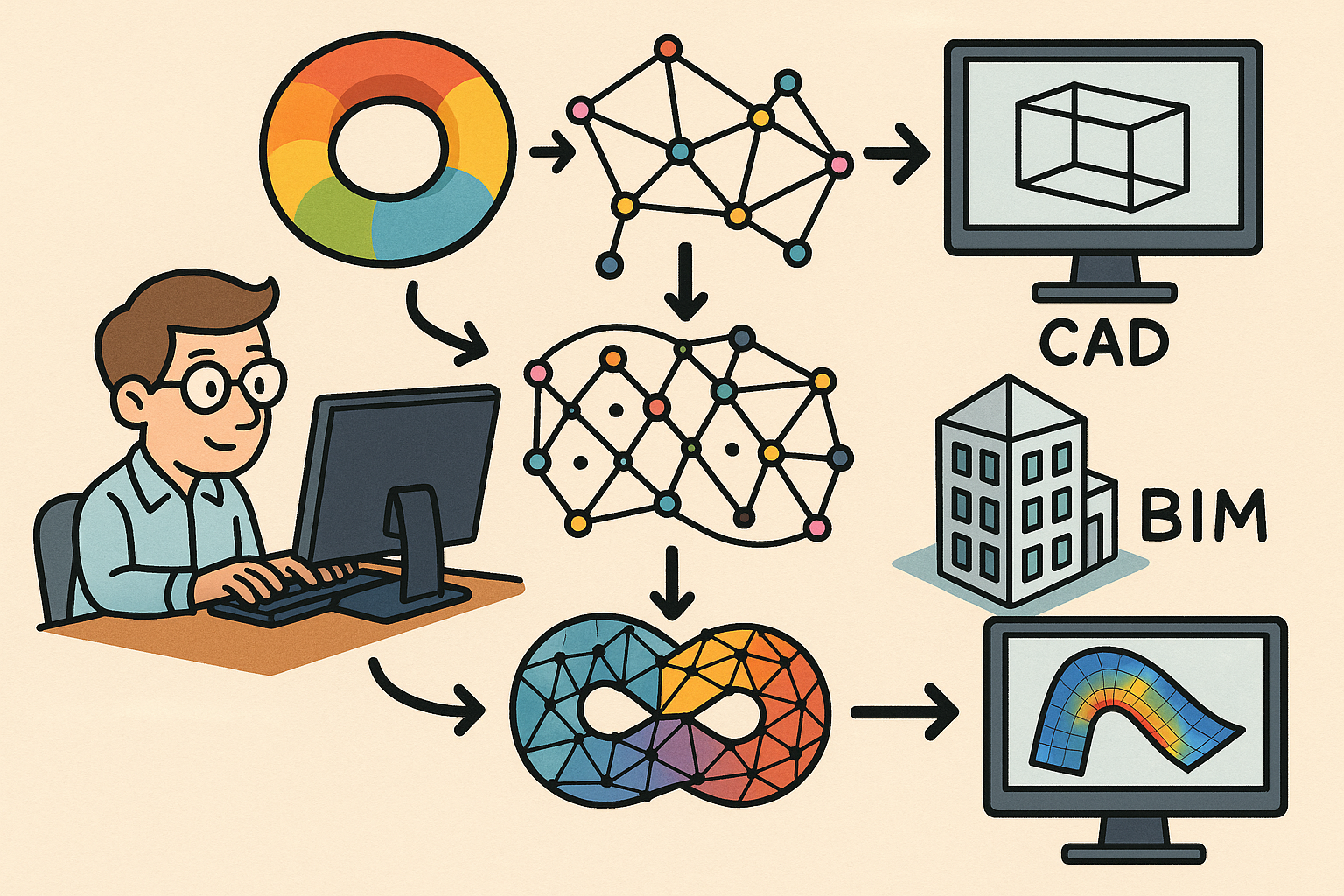
Design Software History: From Computational Topology to Design Software: Integrating TDA into CAD, BIM and CAE Workflows
December 25, 2025 10 min read
Read More
Scene-Aware LOD: Perception-Driven Fidelity for Scalable Design Visualization
December 25, 2025 12 min read
Read More
Cinema 4D Tip: Hair-to-Spline Workflow for Stylized NPR Ribbons in Cinema 4D
December 25, 2025 2 min read
Read MoreSubscribe
Sign up to get the latest on sales, new releases and more …



